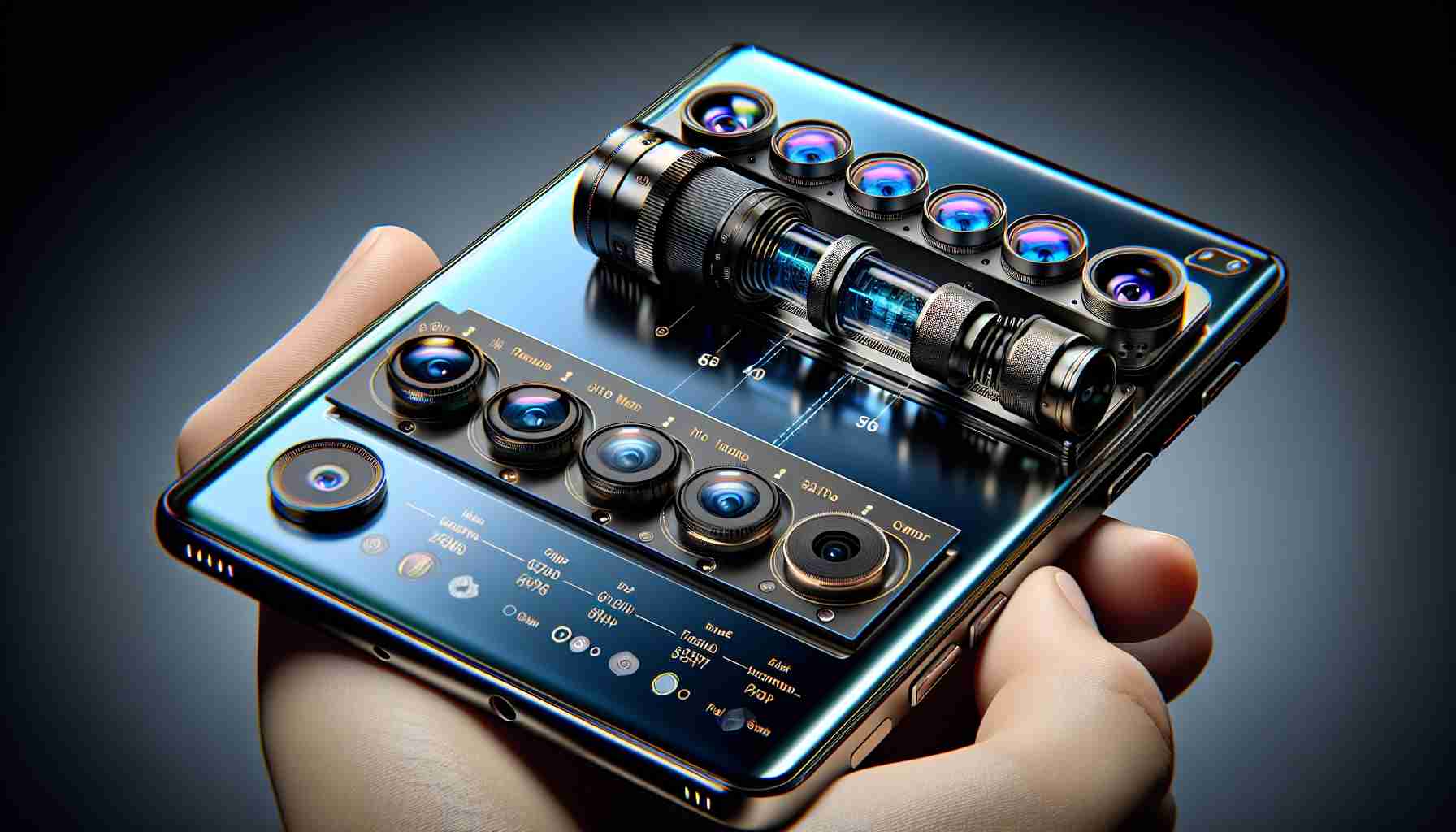The profound camera system advancements redefine mobile photography. A notable emphasis is placed on the camera system, especially since it introduces features unprecedented in the smartphone realm. An individual with over 15 years of experience using a professional Canon camera attests to the novelty of this technology.
At the heart of the camera’s innovative design is a 1-inch, 50-megapixel sensor, coupled with a sensor-shift stabilization mechanism. This fusion enables a smartphone camera to capture a significantly greater amount of light, outshining any predecessors in its category. This tech marvel boasts the highest light-transmission level ever seen in smartphone photography.
The larger the camera sensor, the better the image quality—a fact well-known to photography enthusiasts. Space constraints often limit smartphone design, but the novel pop-up lens system addresses this issue. While not providing optical zoom, it allows for a slimmer smartphone design by reducing the required space between the lens and sensor when in use. This model also includes a 50-megapixel telephoto camera and a 40-megapixel ultra-wide camera, ensuring versatility for all photography needs.
The miniaturization of the HUAWEI XMAGE camera system is undeniably impressive. Despite the robust features packed into the camera modules, the artists of high-tech design have skillfully created a triangular design that symbolizes progress without compromising comfort in handling. Notably, the camera bump also inadvertently assists in screen visibility when the smartphone lies on a surface, negating the need to lift it for better viewing.
Additional Facts:
Smartphone cameras have become primary photography devices for many consumers, and advanced technological developments like Artificial Intelligence (AI) have further augmented the camera capabilities. AI algorithms can now enhance image quality, assist in subject detection and scene recognition, and provide real-time filters and enhancements. Computational photography, which refers to the use of software algorithms to improve image quality and enable new features, is a key driver of smartphone camera advancements.
Important Questions and Answers:
– Q: What makes a 1-inch sensor in a smartphone camera so significant?
– A: A 1-inch sensor is much larger than the sensors typically found in smartphones. Larger sensors allow for more light capture, which improves image quality, especially in low-light conditions, and provides a shallower depth of field for better bokeh effects.
– Q: How does sensor-shift stabilization technology enhance smartphone photography?
– A: Sensor-shift stabilization physically moves the sensor to counteract hand movement or vibrations. This results in sharper images and less blurring, particularly in low light or when capturing fast-moving subjects. It’s a technology borrowed from professional cameras, adapted for compact smartphone use.
Key Challenges or Controversies:
– Size: As smartphone designs become thinner, incorporating larger sensors and sophisticated camera systems while maintaining a slim profile is challenging.
– Heat Dissipation: Advanced camera technologies generate more heat, and managing this in a compact smartphone without affecting performance is a technical hurdle.
– Cost: Increased camera capabilities can significantly raise the cost of smartphones, potentially making them less accessible to budget-conscious consumers.
Advantages and Disadvantages:
– Advantages: The advancements in camera technology allow for professional-grade photography, increasing creative potential for users. Enhanced stabilization and improved low-light performance are significant advantages. Additionally, multi-lens setups offer versatility for different photography styles.
– Disadvantages: Advanced camera systems can increase smartphone costs and create design challenges. They might also contribute to a larger environmental footprint due to more complex manufacturing and potentially shorter upgrade cycles as consumers desire the latest technologies.
Suggested Related Links:
– Qualcomm – As a leading semiconductor company, Qualcomm develops processors that power many advanced smartphone cameras.
– Apple – Apple is known for its continued innovation in smartphone camera technology within its iPhone lineup.
– Sony – Sony’s sensors are widely used in the smartphone industry, including in revolutionizing photography technology.
– HUAWEI – HUAWEI develops cutting-edge smartphone cameras and invests in technologies such as the XMAGE camera system.
Designers and manufacturers must balance camera innovations with cost, usability, and design constraints, ensuring that advancements are meaningful to users and sustainable over the long term.
The source of the article is from the blog elblog.pl
